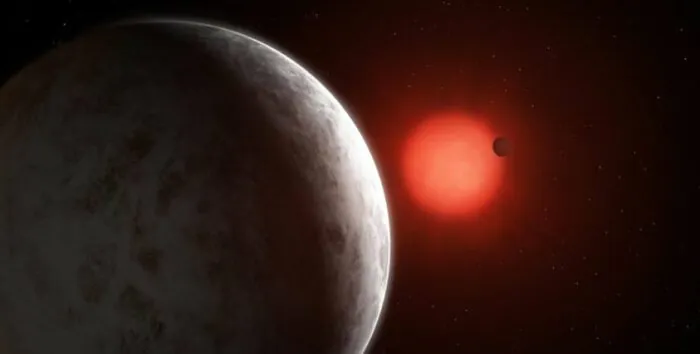© ROOT-NATION.com - Use of content is permitted with a backlink.
Earth is the only planet confirmed to be habitable. But the conditions for life as we know it may not be limited to terrestrial planets, and scientists have now identified one type of exoplanets on which living conditions can exist for billions of years. In a new study, astronomers led by Marit Mol Lous of the University of Zurich in Switzerland have shown that a good, dense atmosphere of hydrogen and helium can maintain temperatures and conditions suitable for life.
“One of the reasons that water can be liquid on Earth is its atmosphere,” says theoretical astrophysicist Ravit Helled of the University of Zurich in Switzerland. “With its natural greenhouse effect, it traps just the right amount of heat to create the right conditions for oceans, rivers, and rain.”

It is possible that exoplanets, such as super-Earths, may retain their pristine atmosphere much longer than Earth. Their atmospheres can have a greenhouse effect – very similar to the Earth’s atmosphere today. Therefore, the authors wanted to find out whether such an atmosphere can create the necessary conditions for the preservation of liquid water. To find out, the team used exoplanet simulations. They took scenarios when the planets had different cores, different atmospheres and changed orbital distances from the stars. As a result, it became clear that exoplanets with a dense primary atmosphere can actually retain heat and maintain liquid water for 10 billion years.
But there are other important factors. To avoid intense stellar radiation, which can destroy the primary atmosphere, the exoplanet must be at a considerable distance from the star – about twice as much as the Earth from the Sun. As for the solar system, it is so far from the Sun that any water on the planet’s surface is likely to freeze. But stars are not the only source of heat. Some planets, including the Earth, can produce their own heat. For example, due to geothermal processes or from radioactive elements that emit heat during decomposition.

Thus, according to researchers, if an exoplanet at such a distance from its host star had a primary atmosphere and a sufficient amount of internal heat, it will remain water and possibly form life.
You can also help Ukraine fight with Russian occupants via Savelife or via an official page of the National Bank of Ukraine.
Read also:
- Flashes from neutron stars tidal waves could signal an impending merger
- The new Biofinder scientific device will help detect extraterrestrial life


